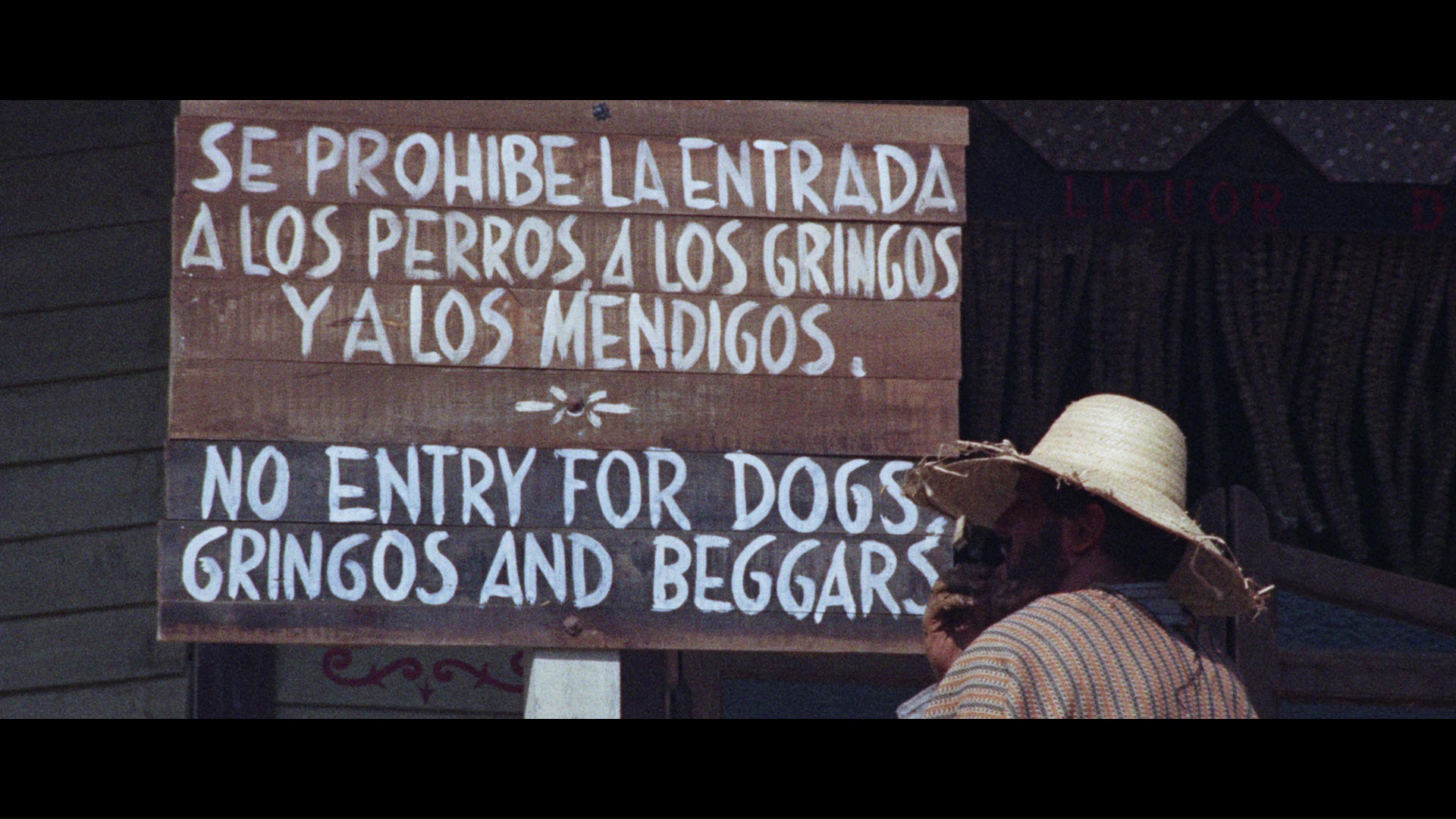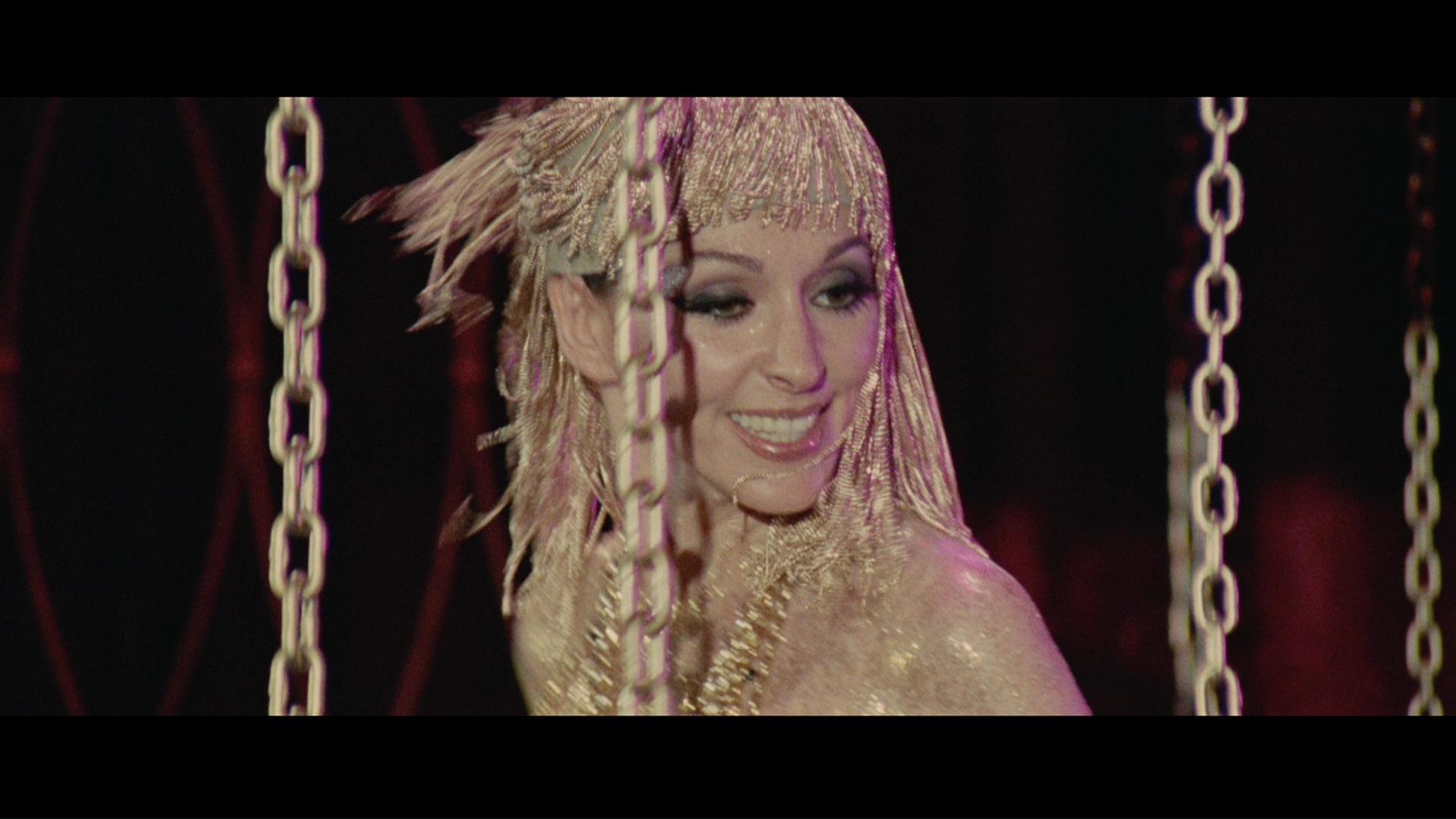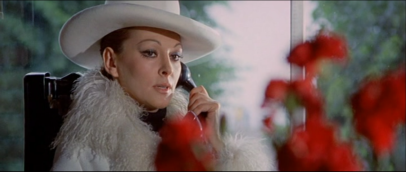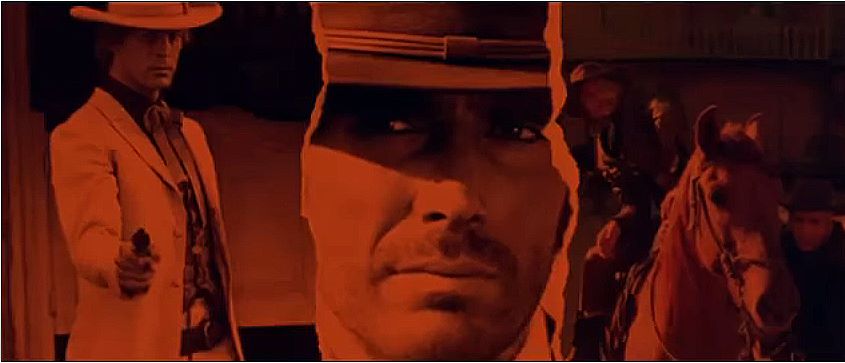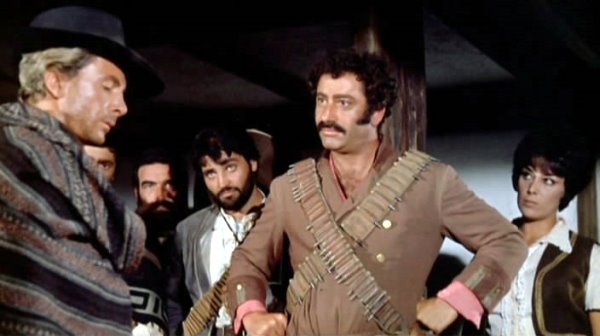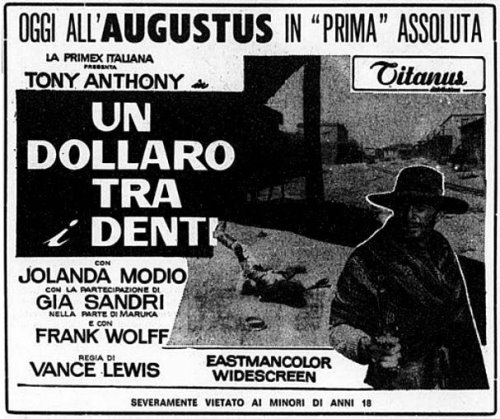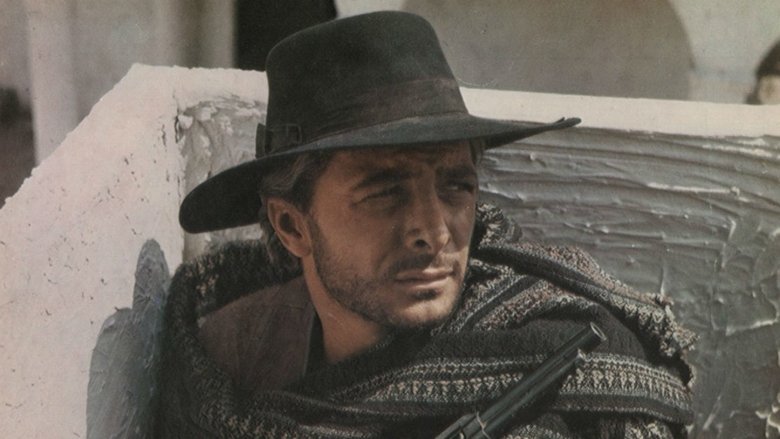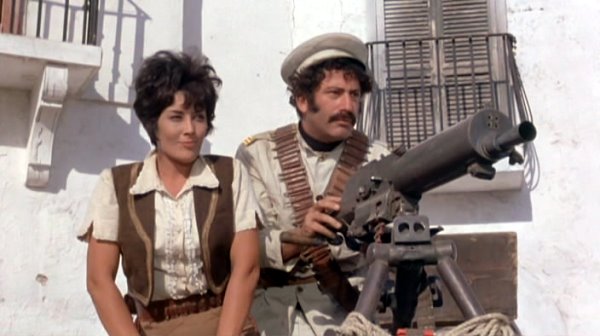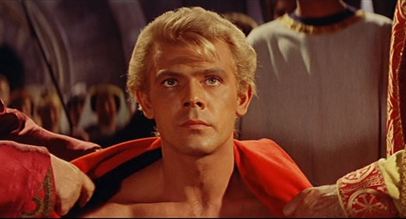The Fox and the Hurricane
by Tony Nash
(A Spoiler Free item)
(All opinions are of the author alone)

El Ojo del Huracan (aka La Volpe dalla Coda di Velluto, In the Eye of the Hurricane, The Fox with the Velvet Tail) (1971) *****
Analia Gadé: Ruth
Jean Sorel: Paul
Rosanna Yanni: Danielle (as Rossana Yanni)
Tony Kendall: Miguel/Michel
Maurizio Bonuglia: Roland (as Mauricio Bonuglia)
Julio Pena: The Police Inspector
Mario Morales: Droguero (as Marco Morales)
José Félix Montoya: Criado (as Félix José Montoya)
Written by: Rafael Azcona, José Maria Forqué (as Jose Maria Forque), and Mario di Nardo
Directed by: José Maria Forqué
Synopsis: When she leaves her loveless marriage to Miguel (or Michel, depending on the language track being viewed) for adventurous playboy Paul, heiress Ruth has seemingly started afresh. When accidents begin occurring, Ruth is certain Miguel is out for revenge or to gain her inheritance. Things get even more complicated when a mysterious woman named Danielle takes up residence next door to Ruth and Paul. Who is playing what role in this strange affair?

(Just to clarify for people who might get confused, this is a pure Mystery Thriller and not a Horror film.)
What immediately sets this film apart from the majority of Giallos is that it’s a Spanish Giallo, not Italian. While featuring a score by Piero Piccioni, known more under its Italian title and appearances by actors Tony Kendall (stage name of Luciano Stella) and Maurizio Bonuglia, the crew and cast were all Spaniards. This twists and turns galore with a hint of the psychedelic Thriller is truly well plotted and has the viewer constantly guessing as to what’s really going on, and who everybody really is and what they want. The Love Triangle and Revenge stories get a nice revamping with this film, and the ever-changing direction into what the truth is harken back to writers like Agatha Christie, Dashiell Hammett, and Mickey Spillane. Director and screenwriter José Maria Forqué does an excellent job in giving the audience just enough material throughout that the plot moves along steadily, but at the same time have it complex enough that the audience doesn’t know or can figure out more than the characters.
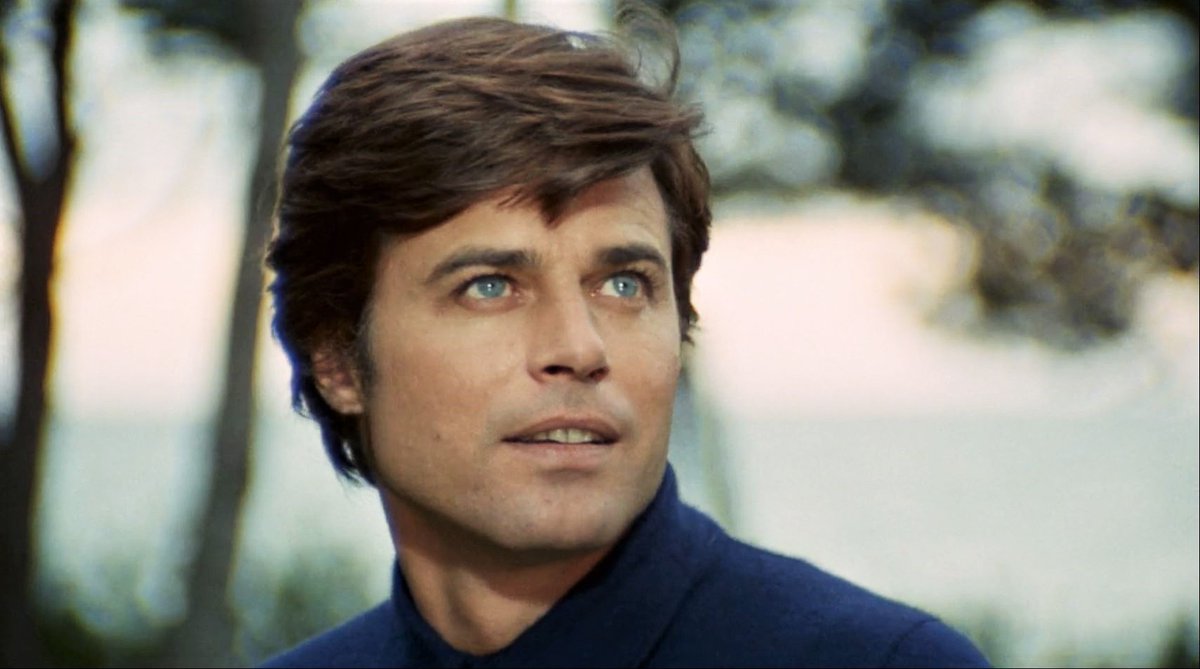
The performances of French actor Jean Sorel and Argentinean actresses Analia Gadé and Rosanna Yanni are the standouts of this film. Sorel, who comes off as a poor man’s Alain Delon, oozes that same exoticness and mysteriousness that Delon was known for, but what separates them is Sorel’s ability to be completely unattached and unscrupulous, whereas Delon understood the concept of honor and ethics. Also unlike Delon, Sorel couldn’t evoke coldness in his baby blue eyes, but makes for this with a kind of detached indifference that can go from warm and genuine to manipulative and cruel. He’s absolutely a treat as Paul, who at first seems charming and caring of his new love interest, but is clearly hiding something about himself. Sorel knew how to play the dubious Sidewalk Romeo bad guy well, but was equally capable of being the nice guy, the cuckolded lover/husband, and the devoted friend. That he’s playing a character who may or may not be a good man of character doesn’t diminish his appeal, but in some ways adds to it.


Analia Gadé, a capable and lovely Argentinean leading lady and character player is excellent as the mouse, and later the cat, target central figure. Like Sorel, Gadé gave off a sensuality and exoticness that had audiences always looking at her in a scene and leaving the feeling there was something she would rather forget about herself and not want others to know. Her conveyance of emotion is amazing and while audiences knows exactly what she’s feeling, at the same time are also aware she’s in complete control and not the helpless damsel as is the usual case in the Giallo genre. Her use of wits and wills toward the end is really a fine piece of acting and writing. Rosanna Yanni, another Argentinean actress who found success in Spain, is equally good as the mysterious and eventually ominous Danielle. The first half of the film sees her without any dialogue, which adds greatly to her characterization. Audiences won’t learn until later what her intent is, and just seeing her gaze upon Ruth and Paul has viewers constantly thinking what her interest in the couple is. By merely seeing her face and not hearing her speak at first was a nice touch by Forqué because it adds to the mystery of the piece. Like with her costars, Yanni oozes sensuality and mystique, and it truly serves her well in the film. Mostly known for Horror and Exploitation films as either the doomed woman, or object of the protagonist and antagonist, a devilish femme fatale turn for Yanni was a good break for her, and probably something she should’ve got a lot more of in her career.
The only downside to the film is the less than stellar editing of one “romantic” scene. Now while it’s an actress’s prerogative to whether she’ll show off her body or not and if she’ll engage in more erotic content or not, Catherine Deneuve is certainly a good example of an actress glittering with appeal with her clothes on, Forqué’s editor could’ve done a better job at hiding that Gadé utilized a body double. This scene toward the end clearly shows in certain shots it’s a stand in double for Gadé, and sadly a double who can’t hold a candle to Gadé’s beauty.

Sometimes slow, for the feeling of effect, but always intriguing, a dull moment is never apparent or seen. The twists and turns are consistent and well done, the audience not sure who to trust and who to be suspicious of. The acting is fine especially from Sorel, Gadé, and Yanni, and even Tony Kendell, who sometimes was up and down on his level of acting. The atmosphere and setting are perfect as the cast stays primarily on the island area, only leaving for short periods of time which adds to the tense feeling Forqué had intended for the piece. Certainly not the normal fare of the Giallo genre, this film does stick to the roots that Mario Bava had laid down with his film La Ragazza Che Sapeva Troppo (The Girl Who Knew Too Much) and offers a rare European glimpse into the subject of infidelity and matrimonial homicide. A rare gem worthy of mainstream rediscovery.
(There aren’t enough words to express how highly I recommend this Italian/Spanish Mystery/Thriller. The pacing is well done even if it seems a little slow and deliberate and the story and characters are well thought out and executed with grace and elegance. The whole vibe is just one constant guessing game that keeps the viewer enthralled, The US Mondo Macabro Blu Ray and UK 88 Films Blu Ray are both excellent looking and offer great transfers and crisp audio with translated English subtitles)
All images courtesy of Google.com/Google images and their respective owners
For more information
https://www.imdb.com/title/tt0067520/?ref_=nv_sr_1?ref_=nv_sr_1
Grindhouse Database/Lusty Lovers
Filed under: Film: Analysis/Overview


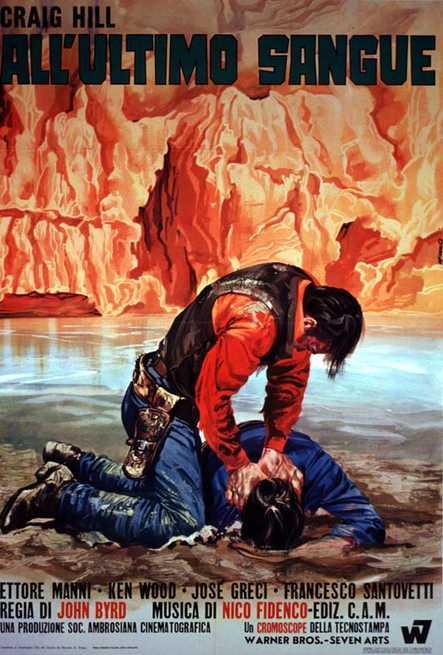






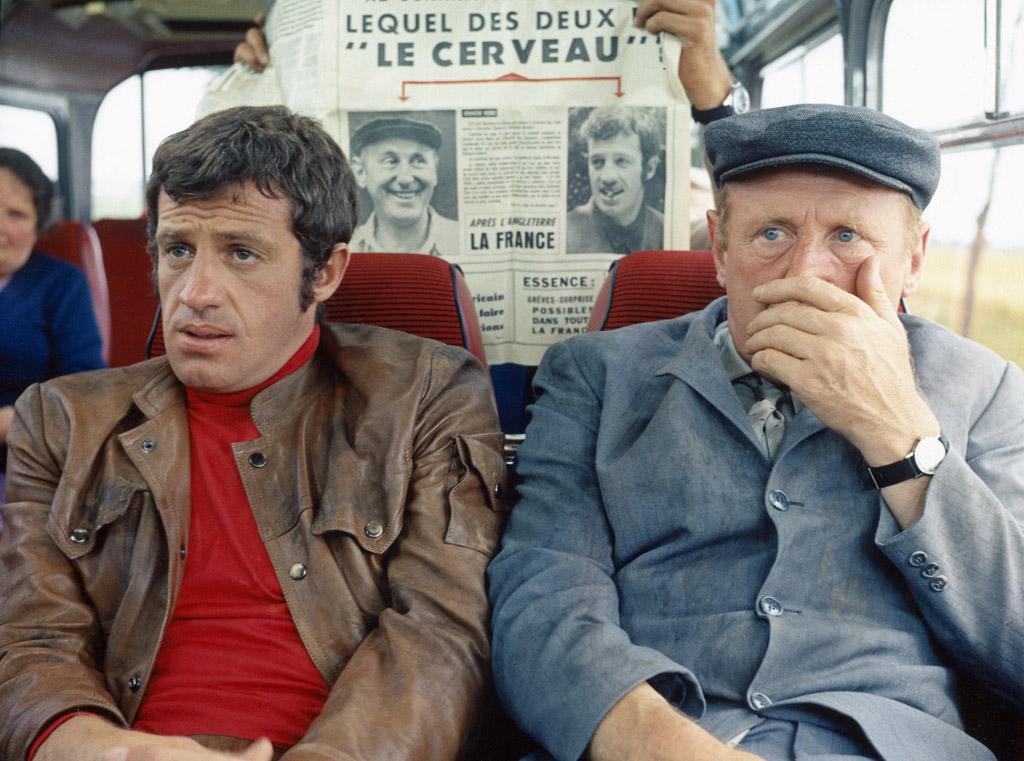
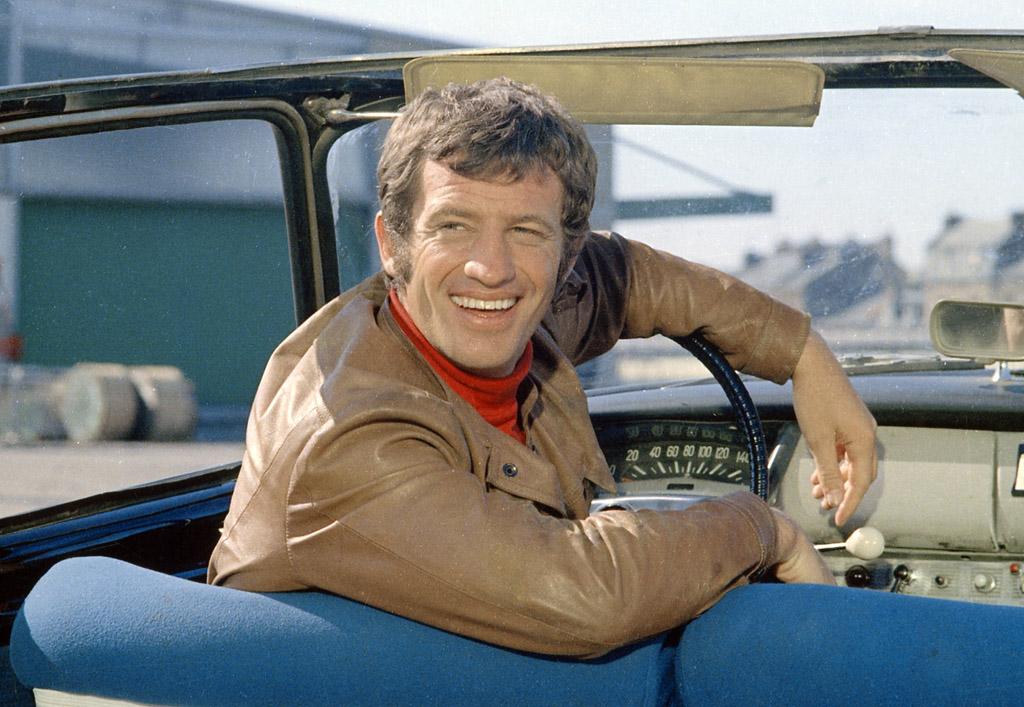
.jpg)





